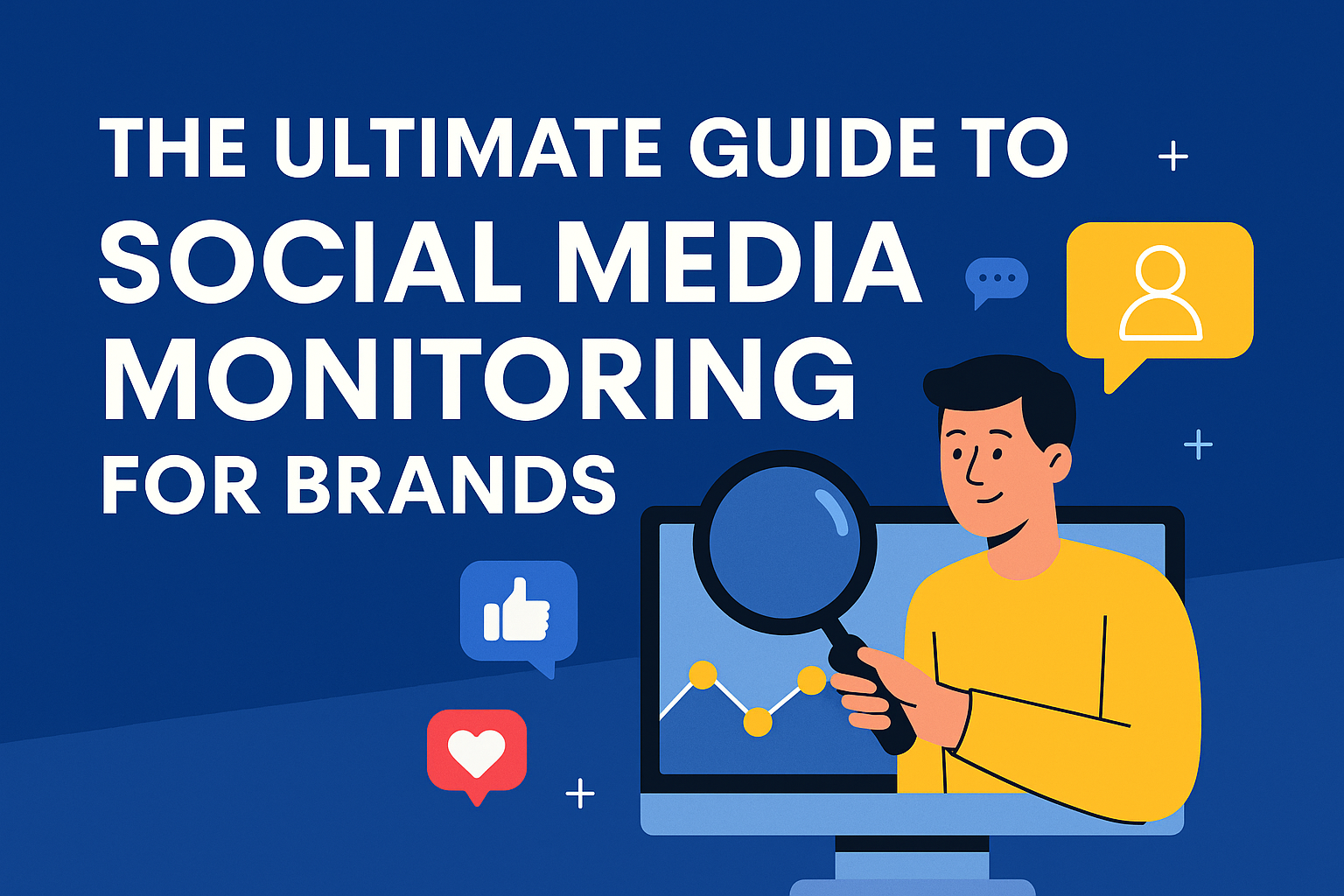Are you tired of writing sales copy that feels pushy and inauthentic? Do you want to improve your conversion rates while maintaining the integrity of your brand’s voice? Look no further!
In this blog post, we’ll share tips and strategies for crafting compelling sales-focused copy that resonates with your audience and drives conversions. From understanding your target market to using persuasive language, our expert advice will help you write copy that not only sells but also feels genuine and authentic. So grab a pen and paper (or open up a new Google Doc) and get ready to take your writing skills to the next level!
Defining Copywriting for Conversion
Copywriting is the art of persuasion through writing. It’s about understanding what your audience wants and needs, and then using your words to guide them towards taking the desired action.
Good copywriting isn’t about selling; it’s about helping people make the best decision for themselves. It’s about creating a connection with your audience and building trust.
When you’re writing for conversion, there are a few things to keep in mind:
- Know your audience inside out
- Write headlines that pack a punch\
- Keep it short, sweet, and to the point
- Use persuasive language
- Create a strong call to action
Understanding Your Audience
Sales-focused copywriting is all about understanding your audience and crafting content that speaks to their specific needs. To do this effectively, you need to have a firm grasp on who your target customer is and what they’re looking for.
Once you know your audience, you can start to create content that resonates with them. This means addressing their pain points and offering solutions that speak to their specific wants and needs. Keep in mind that your ultimate goal is to get the reader to take action, whether that’s making a purchase, signing up for a newsletter, or filling out a contact form.
To write sales-focused copy that feels authentic, be sure to keep the following tips in mind:
Crafting an Engaging Message
When you’re crafting a message to sell your product or service, it’s important to strike the right balance between sounding sales-y and sounding like yourself. The best way to do this is to focus on writing copy that is both engaging and authentic.
Here are some tips for writing sales-focused copy that feels authentic:
- Keep it personal. Write as if you’re speaking to a friend, not a faceless mass of consumers. The more personal your writing is, the more engaging it will be.
- Be honest. Don’t try to hide the fact that you’re selling something – be upfront about it from the start. Consumers are more likely to engage with an honest message than one that’s trying to trick them into buying something.
- Be interesting. Take the time to make your copy interesting and attention-grabbing. Use strong storytelling and persuasive language to keep readers engaged from start to finish.
- Focus on the benefit. Always keep in mind what your product or service can do for the consumer – how will it make their life better? Focusing on the benefit will help you write copy that is both truly convincing and authentically positive
Writing with Emotion and Authenticity
When you’re writing sales-focused copy, it’s important to remember that your goal is to connect with your reader on an emotional level. Your copy should be authentic and reflect your brand’s values.
Here are a few tips for writing with emotion and authenticity:
- Be relatable. Write like you would speak to a friend. Use language that is easy to understand and avoids industry jargon.
- Be vulnerable. Share your story and why you’re passionate about your product or service. This will help readers connect with you on a personal level.
- Be real. Be transparent about who you are, what you do, and what you stand for. Don’t try to be someone you’re not – readers will see through it.
Tips for Creating Effective Calls to Action
Your calls to action (CTAs) are one of the most important elements on your website or landing page. They’re what tell your visitors what you want them to do next, and they’re often the difference between a successful conversion and a missed opportunity.
Here are a few tips for creating effective CTAs:
- Keep it simple – Your CTA should be clear and concise. It should be easy to understand what you want your visitors to do, and there should be no confusion about what will happen when they take action.
- Make it relevant – Your CTA should be relevant to the current context and situation. For example, if someone is reading an article about a new product, your CTA shouldn’t be to buy that product. Instead, it could be to learn more about the product or sign up for a free trial.
- Use persuasive language – Use language that will persuade your visitors to take action. For example, instead of saying “click here,” you could say “discover how you can improve your conversions by 10%.”
- Use strong visuals – A well-designed button or image can be very effective in getting visitors to click on your CTA. Make sure that your visuals are attention-grabbing and aligned with the rest of your design.
- Test different placements – The placement of your CTAs can have a big impact on their effectiveness. Try testing different locations on your pages.
Optimizing Content for SEO
It’s no secret that SEO and content go hand-in-hand. After all, without SEO your content may be lost somewhere on page 50 of the search results; and we all know traffic on those pages is less than satisfactory. Likewise, your first-page ranking can only do so much if your content post-click is crummy. That’s why a good relationship between SEO and great content is essential! Here are a few tips for optimizing your content for better SEO:
- Do your keyword research – This one is a no-brainer, but it’s worth mentioning nonetheless. In order to rank for certain keywords, you need to include them in your copy! But don’t go overboard with the stuffing – too many keywords will not only turn off potential customers, but could result in search engine penalties for keyword stuffing. Use keywords thoughtfully and sparingly throughout your copy to strike the perfect balance.
- Keep it fresh – Search engines love fresh content, so aim to regularly update your website with new blog posts, articles, product descriptions, etc. The more frequently you add new content, the higher you’ll rank in the search results. Just be sure that each piece of new content is high quality and relevant to your target audience.
- Make it shareable – Include social sharing buttons on each piece of content you publish (blog posts, articles, etc.) to make it easy for visitors to share your content with their networks. The more shares
Measuring Success of Copywriting for Conversion
Copywriting is a key component of effective conversion-focused content marketing. But how do you know if your copy is actually helping to drive conversions?
Here are some tips for measuring the success of your copywriting in terms of its impact on conversions:
- Look at your overall conversion rate. This is the most basic metric for gauging the success of your copywriting in terms of conversion. If your conversion rate increases after implementing new copy, then that’s a good sign that your copy is effective.
- Look at specific conversion rates for key pages. In addition to looking at your overall conversion rate, it’s also helpful to look at specific page-level conversion rates. This can give you insights into which pages are performing well and which could use some improvement.
- Look at engagement metrics. Engagement metrics like time on page and scroll depth can be helpful in assessing whether or not users are actually engaging with your content. If you see an increase in engagement after making changes to your copy, that’s a good sign that those changes are effective.
- Look at bounce rate. Bounce rate is another engagement metric that can be helpful in assessing the effectiveness of your copywriting. If you see a decrease in bounce rate after making changes to your copy, that means users are sticking around longer and engaging more with your content, which is likely due to the fact that they’re finding it relevant and useful.
- Ask users directly. Sometimes
Concluding remarks on writing sales-oriented website content that converts
Writing for conversions doesn’t have to be difficult. With the right tips and strategies, you can craft copy that feels authentic while still focusing on selling your product or service.
By understanding customer needs, crafting messages in a way that appeals to each of them, and creating compelling CTAs, you will be able to write sales-focused copy that resonates with potential customers. In doing so, you’ll be able to create content that drives engagement and conversions for your business.





